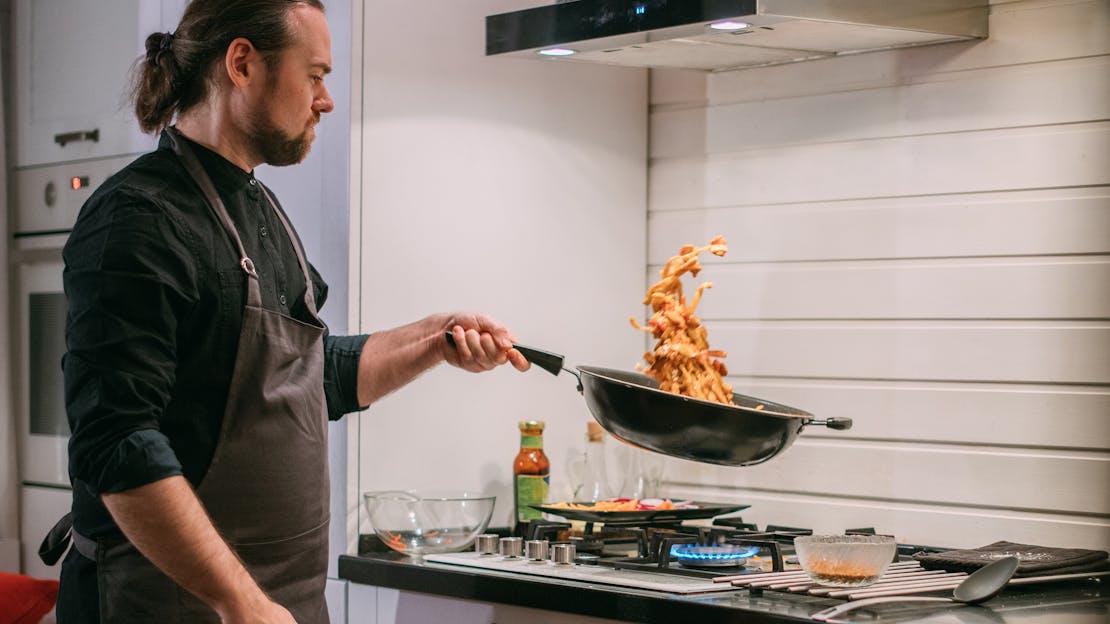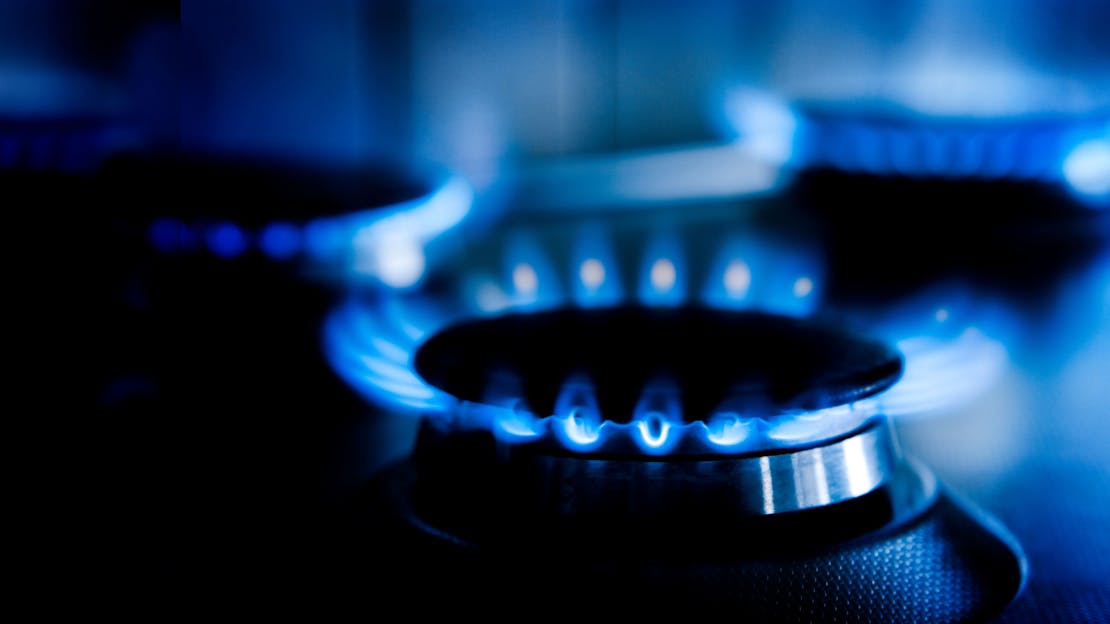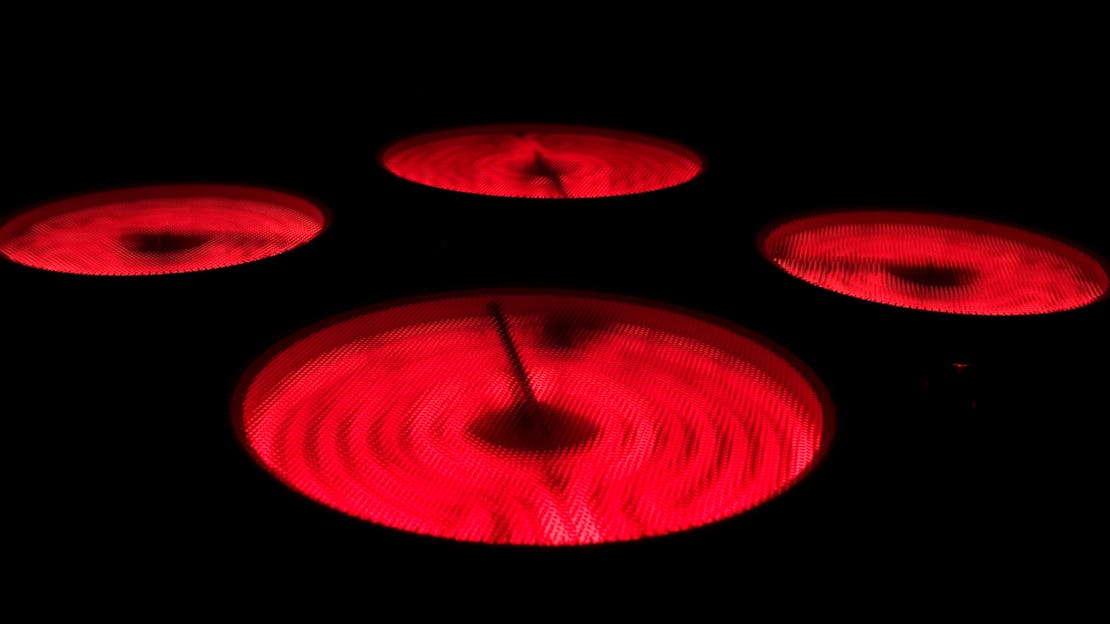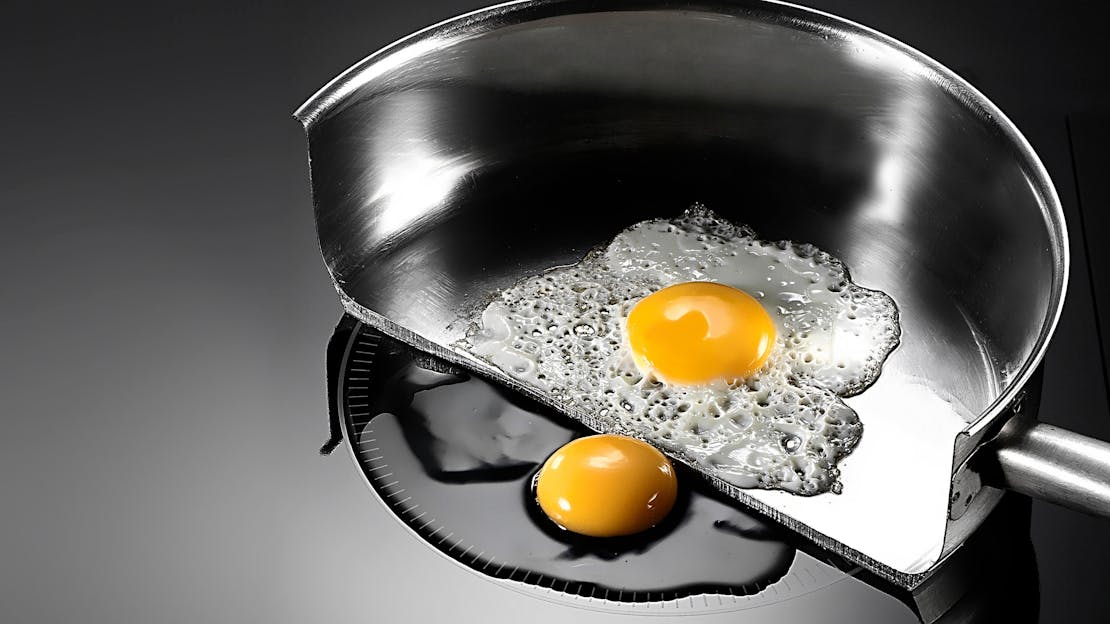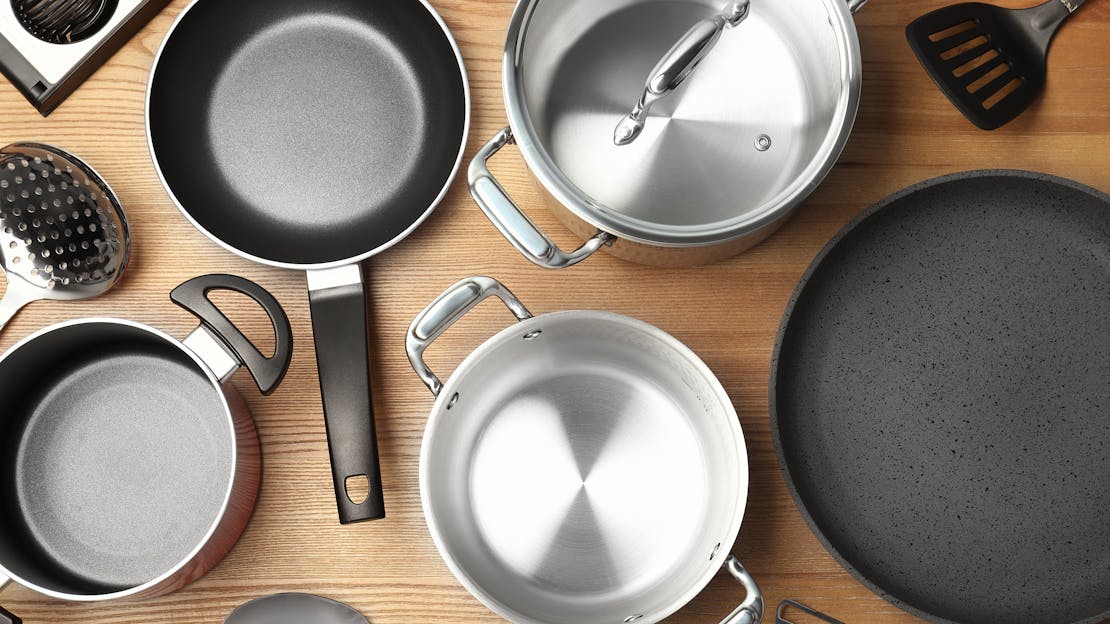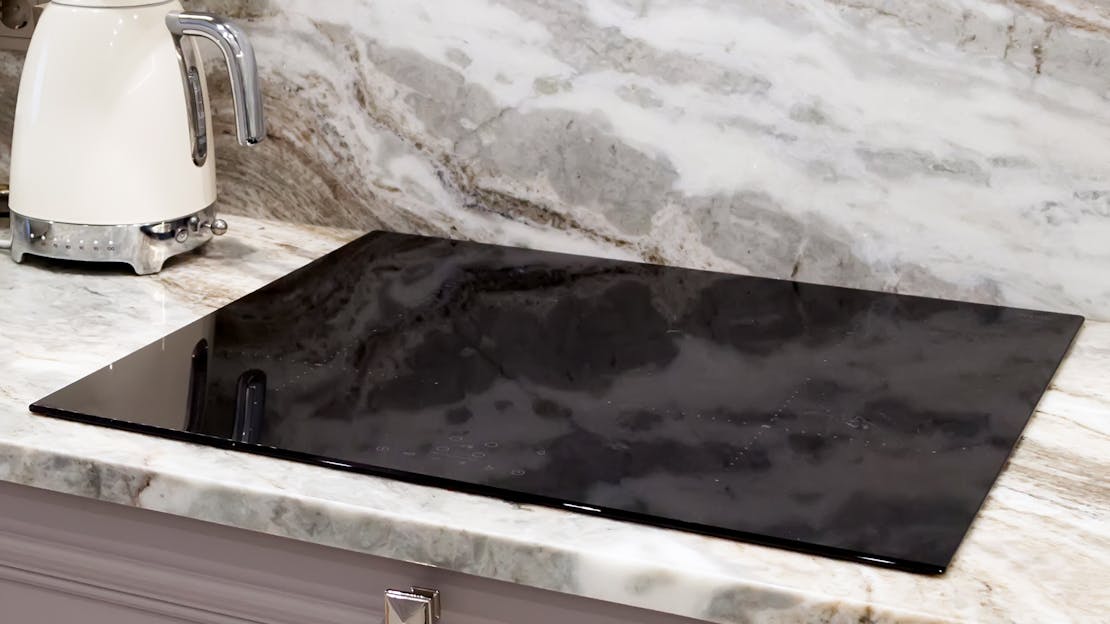
The Ultimate Guide to Ceramic Hobs
What is a Ceramic Hob?
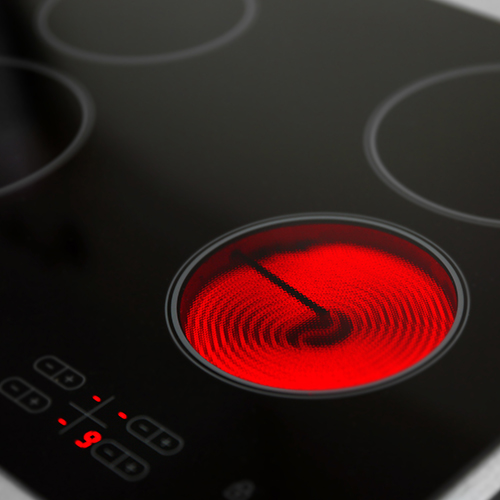
Ceramic hobs have revolutionised cooking, offering a sleek and modern aesthetic combined with practical and efficient functionality. So what exactly is a ceramic hob? A ceramic hob is a type of electric cooker top that has a smooth, flat surface made of tempered, heat-resistant ceramic glass. It uses heating elements beneath the ceramic glass surface to distribute heat to your cookware.
The ceramic hob is designed to heat up quickly and maintain a consistent temperature throughout the cooking process. They're highly regarded for their stylish appearance that adds a touch of elegance to any kitchen. Additionally, the ceramic surface is easy to clean and requires less maintenance than traditional gas hobs.
How Do Ceramic Hobs Work?
The magic of ceramic hobs lies in their advanced heating mechanisms. They use radiant heat technology, which involves high-powered heating elements placed underneath the ceramic surface. When you turn on the hob, these elements heat up, transferring their energy through the ceramic glass to the pan above.
Unlike traditional gas hobs, which heat the pan directly, ceramic hobs heat the surface area beneath the pot or pan. It means that heat distribution is generally more even, and you have better control over your cooking temperature. The flat surface also ensures minimal heat loss, making ceramic hobs more energy-efficient than their counterparts.
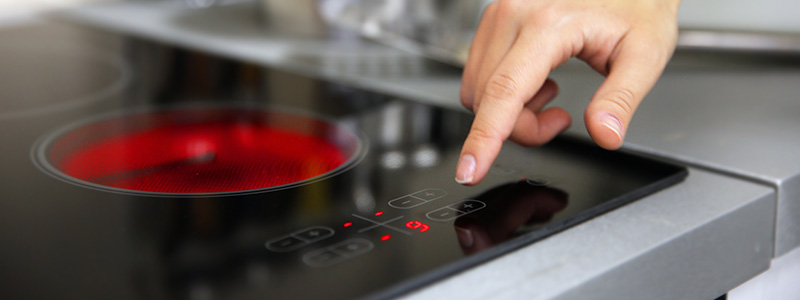
How to Use a Ceramic Hob
Using a ceramic hob is relatively straightforward. Here's a step-by-step guide on how to use it:
1. Turn on the hob: Use the touch controls or knobs, depending on your hob's design, to select the desired heating zone and adjust the temperature level.
2. Place your cookware: Put your pan or pot on the hob, ensuring it's centred on the heating zone.
3. Monitor your cooking: Keep an eye on the cooking process. The ceramic hob provides consistent heat, but it's always a good idea to stir the contents of your pan to ensure even cooking.
4. Turn off the hob: Once done, turn off the hob using the controls.
5. Wait for the hob to cool down: The hob surface can remain hot for some time after being switched off. Some models have a heat indicator that tells you if the surface is still hot to touch.
Remember, never place empty cookware on a heated ceramic hob as it could damage both the hob and the cookware.
Do Ceramic Hobs Need Special Pans?
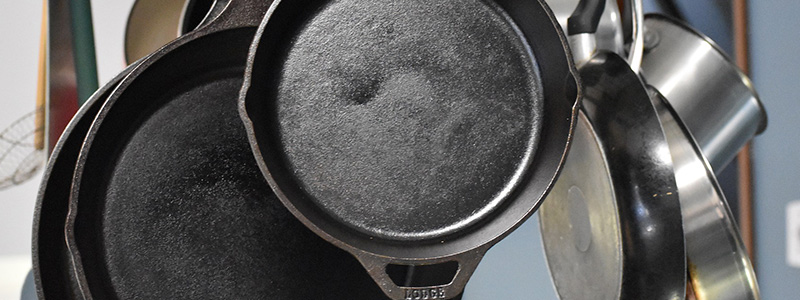
Ceramic hobs require pans with a flat bottom to ensure optimal heat transfer. The pan material should also be able to withstand high heat without warping. Generally, stainless steel, titanium, and aluminium pans are recommended. Non-magnetic stainless steel, copper, glass, and ceramic pans are less effective on ceramic hobs as they don't conduct heat as efficiently.
Why Do Ceramic Hobs Go On and Off?
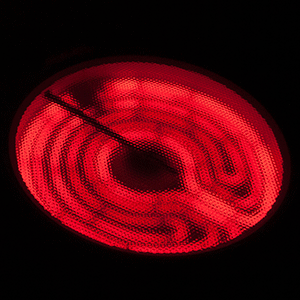
You may notice your ceramic hob cycling on and off during the cooking process. This is a standard feature known as "cycling." Ceramic hobs utilise this process to maintain the desired temperature without overheating. When the hob reaches the set temperature, it automatically switches off for a while, and then turns back on when the temperature drops. This continuous cycle ensures consistent cooking and energy efficiency.
Can Ceramic Hobs Be Repaired?
Yes, ceramic hobs can be repaired. Common issues like non-responsive controls, uneven heating, and a broken surface can be fixed by a professional technician. However, always remember to use a licensed and certified professional for repairs to ensure safety and prevent voiding your warranty.
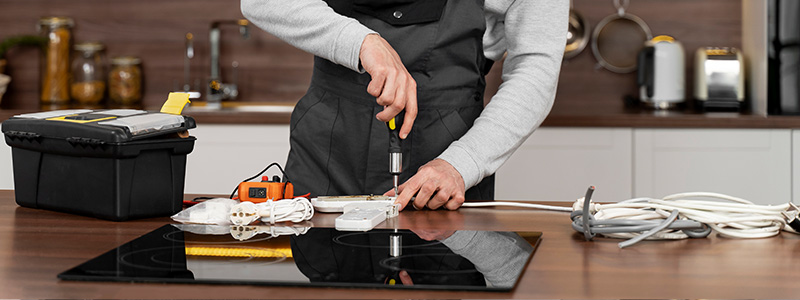
Do Ceramic Hobs Get Hot Underneath?
Ceramic hobs, while being efficient cooking appliances, do generate heat that spreads beneath their surface. This heat is mainly due to the high-powered heating elements used to transfer heat to your pots and pans.
However, these hobs are engineered to effectively manage this under-surface heat. Most high-quality ceramic hobs are designed with integrated cooling fans. These fans are strategically placed to dissipate the heat generated by the elements and maintain the overall operational efficiency of the hob.
The hob's construction is also designed to insulate and contain the heat to the cooking surface. The base and sides of the hob are generally well-insulated to minimise heat transfer to your kitchen counter.
Yet, it's essential to ensure your ceramic hob is correctly installed to maximise these cooling and insulation mechanisms. The installation should provide ample space around and beneath the hob for adequate ventilation. This is especially important if the hob is installed above an oven or another heat-producing appliance.
Are Ceramic Hobs Safe for Pacemakers?
Modern ceramic hobs generate an electromagnetic field to heat up the cookware, much like their induction counterparts. But unlike induction hobs, which may interfere with certain pacemakers, the electromagnetic field in ceramic hobs is limited and does not pose a risk for pacemaker wearers.
However, each person and their medical condition are unique. Therefore, if you have a pacemaker, it's always best to consult with your medical professional or the pacemaker manufacturer to ensure that using a ceramic hob is safe for you.
How to Replace a Ceramic Hob
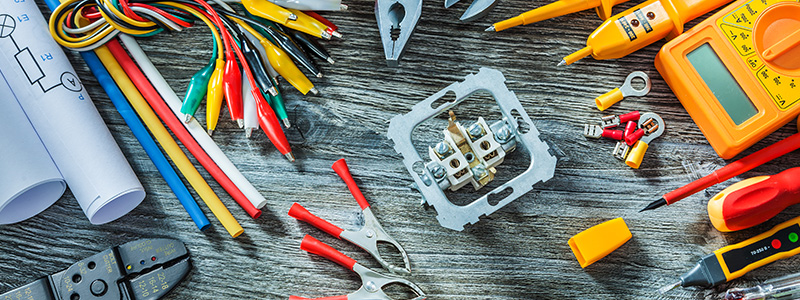
Over time, even the best-maintained ceramic hobs may need replacement, whether due to wear and tear or simply to upgrade to a more modern model. Here are the steps to replace your ceramic hob:
If you are not qualified to do it yourself, hiring a professional is advisable. They will ensure the installation is safe, correct, and complies with any local electrical codes or regulations.
1. Turn off the power: Always begin by switching off the power to your ceramic hob at the mains. Safety should always be your first concern.
2. Remove the existing hob: This process will vary depending on your model. Typically, there are screws holding the hob in place, which can be removed with a screwdriver. Once the screws are out, carefully lift the hob from its position.
3. Disconnect the wires: Label the wires before disconnecting them from the hob to make the reconnection process easier.
4. Connect the new hob: Match the labelled wires to their corresponding places on the new hob and secure them.
5. Install the new hob: Place the new hob into the cut-out space, ensuring it fits snugly and is aligned correctly. Secure it with the provided screws.
6. Restore power: Once everything is securely in place, restore power to your new hob. Check to ensure all the heating zones are working correctly.
Are you interested in purchasing a ceramic hob? Check our range and get affordable prices with free and fast delivery today!
What Are the Advantages of Using a Ceramic Hob?

1. Sleek Design: Ceramic hobs offer a modern, sleek look that enhances the aesthetic appeal of any kitchen. Their seamless, flat surface is not only stylish but also makes cleaning a breeze.
2. Easy Maintenance: The smooth, uninterrupted surface of a ceramic hob is incredibly easy to clean. Spillages do not get trapped around burners like they do on gas hobs, which makes maintaining cleanliness much simpler.
3. Consistent and Even Heating: Ceramic hobs provide consistent and evenly distributed heat, which allows for better cooking control. The heat remains consistent across the entire base of the pan, providing an optimal cooking environment.
4. Energy Efficient: Ceramic hobs are more energy-efficient than traditional gas hobs. They heat up quickly, reducing the amount of electricity used, which can result in lower energy bills.
What Are the Disadvantages of Using a Ceramic Hob?
1. Slow Heat Changes: One downside of ceramic hobs is that they can be slow to change temperature. If a recipe calls for an instant reduction or increase in heat, ceramic hobs may not respond as quickly as gas or induction hobs.
2. Heat Retention: Ceramic hobs retain heat for a while after they've been turned off. While this can be an advantage for keeping food warm, it also means the hob remains hot for some time, posing a potential safety risk, especially around children.
3. Durability: The ceramic glass surface, while being resistant to heat, can be prone to scratches or, in the worst case, cracking if heavy items are dropped onto it.
Why Would You Choose a Ceramic Hob Over an Induction Hob?
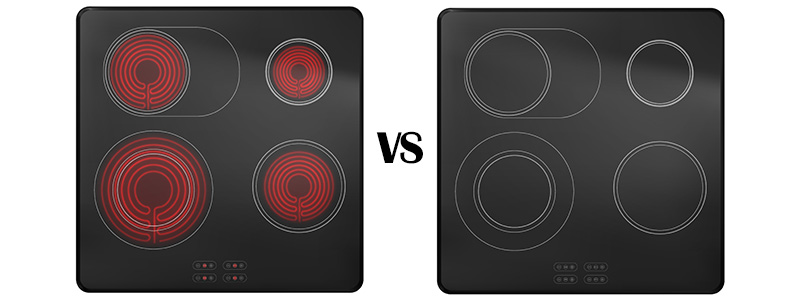
While both ceramic and induction hobs offer sleek designs and easy cleaning, there are a few reasons you might choose a ceramic hob over an induction one:
1. Cost: Ceramic hobs are generally less expensive than induction hobs, both in terms of upfront cost and installation.
2. Cookware Compatibility: Ceramic hobs do not require special cookware like induction hobs do. With an induction hob, you need pans that are magnetically conductive. In contrast, ceramic hobs are compatible with most types of cookware, providing they have a flat bottom.
3. Simplicity: Ceramic hobs are often seen as simpler to use than induction hobs. While they may not have the precise temperature control of induction, they offer a straightforward and intuitive cooking experience, making them a great choice for all types of cooks.
Why Would You Choose a Ceramic Hob over a Gas Hob?
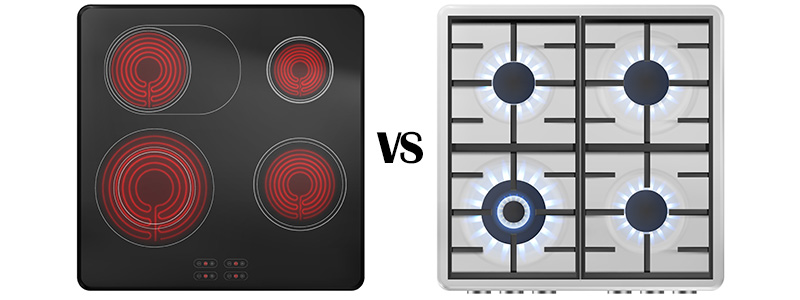
There are several reasons why one might opt for a ceramic hob over a traditional gas hob:
1. Easy Cleaning: Unlike gas hobs, which have various components that need to be removed and cleaned separately, the flat surface of a ceramic hob can be wiped clean in one go.
2. Safety: Ceramic hobs don’t have open flames, reducing the risk of accidents. Moreover, they often come with a residual heat indicator that warns you if the hob is still hot, adding an extra layer of safety.
3. Energy Efficiency: Ceramic hobs generally use less energy than gas hobs. They heat up quickly and maintain a consistent temperature, reducing energy waste.
4. Sleek Look: Ceramic hobs offer a modern, sleek look that can elevate any kitchen design. They blend seamlessly with your countertops and can make your kitchen look cleaner and more spacious.
Which Pans Are Best For a Ceramic Hob?
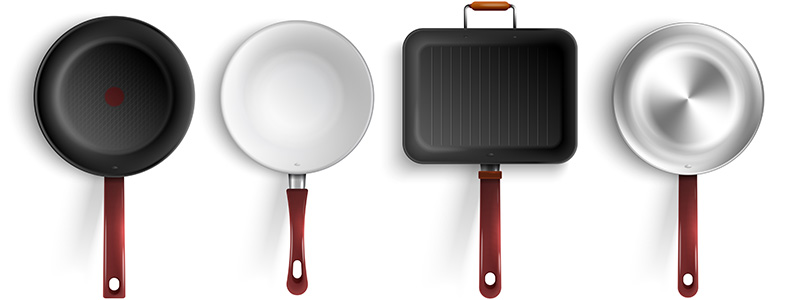
Selecting the right cookware for your ceramic hob is essential to achieve the best cooking results. The type of pan you use can greatly influence how your dishes turn out, from searing to simmering and everything in between. In this table, we'll explore the best types of pans for various cooking situations on ceramic hobs, helping you make informed choices in your kitchen.
| Cooking Situation | Best Type of Pan | Why It's Ideal |
|---|---|---|
| High-Heat Searing | Cast Iron Frying Pan | Excellent heat retention and even distribution. |
| Sautéing | Stainless Steel Pan | Resists staining, maintains the integrity of flavours. |
| Simmering Sauces | Non-stick Saucepan | Prevents sticking, easy to clean for delicate sauces. |
| Frying | Non-stick Frying Pan | Requires less oil, easy food release, and cleaning. |
| Boiling Pasta | Large Stockpot | High capacity, even heating for pasta and grains. |
| Stir-Frying | Wok or Stir-Fry Pan | Sloped sides for tossing, distributes heat evenly. |
| Braising | Dutch Oven | Retains moisture, ideal for slow-cooked dishes. |
| Baking | Ovenproof Baking Dish | Safe for oven use, great for casseroles and roasting. |
In Conclusion
Ceramic hobs offer a fantastic blend of form and function for the modern kitchen. They are stylish, easy to use, and efficient. This guide provides you with everything you need to know about ceramic hobs, from how they work to how you can replace them. Remember, the right hob for you ultimately depends on your cooking needs, kitchen style, and budget.
Top Selling Ceramic Hobs from MyAppliances
Explore our best-selling ceramic hobs, where style meets efficiency. With rapid heat-up times and intuitive touch controls, cooking becomes effortless. Experience consistent heat distribution and impeccable results every time. Upgrade your kitchen with our top-selling ceramic hobs today.
![The Ultimate Hob Buying Guide]() Hob Buying Guides
Hob Buying GuidesDeciding which hob to buy can be challenging, given the range of options available. This guide aims to simplify the process by detailing the various aspects of induction, ceramic, and gas hobs.
![The Ultimate Guide to Induction Hobs]() Hob Buying Guides
Hob Buying GuidesIf you're considering upgrading your kitchen hob, you may find yourself mulling over the fascinating world of induction hobs. As one of the leading manufacturers of all types of hobs, we're here to help navigate you through this often bewildering terrain. Welcome to the Ultimate Induction Hob Buying Guide!
![The Ultimate Guide to Gas Hobs]() Hob Buying Guides
Hob Buying GuidesIf you're considering purchasing a gas hob for your kitchen, this guide will provide you with all the essential information you need to make an informed decision. Throughout this guide, we'll explore the advantages, safety considerations, installation process, cleaning tips, and cost considerations associated with gas hobs.
![Gas Hob Buying Guide]() Hob Buying Guides
Hob Buying GuidesOffering a traditional way to cook food on a hob, our gas hobs here at MyAppliances are simple to use and will instantly update your kitchen.
![Ceramic Hob Buying Guide]() Hob Buying Guides
Hob Buying GuidesExtremely easy to use, our ceramic hobs are a dream to clean, too. With handy touch control features, these appliances offer value for money and a fuss-free way to cook.
![Induction Hob Buying Guide]() Hob Buying Guides
Hob Buying GuidesEconomical and well-designed, our induction hobs here at MyAppliances come in a range of sizes and are easy to install, too.
![The Ultimate Guide to Which Pans Suit Which Hob Types]() Hob Buying Guides
Hob Buying GuidesThis guide navigates through a spectrum of hob types — from the venerable gas hob to the cutting-edge induction cooker — each demanding a specific pan companionship.



